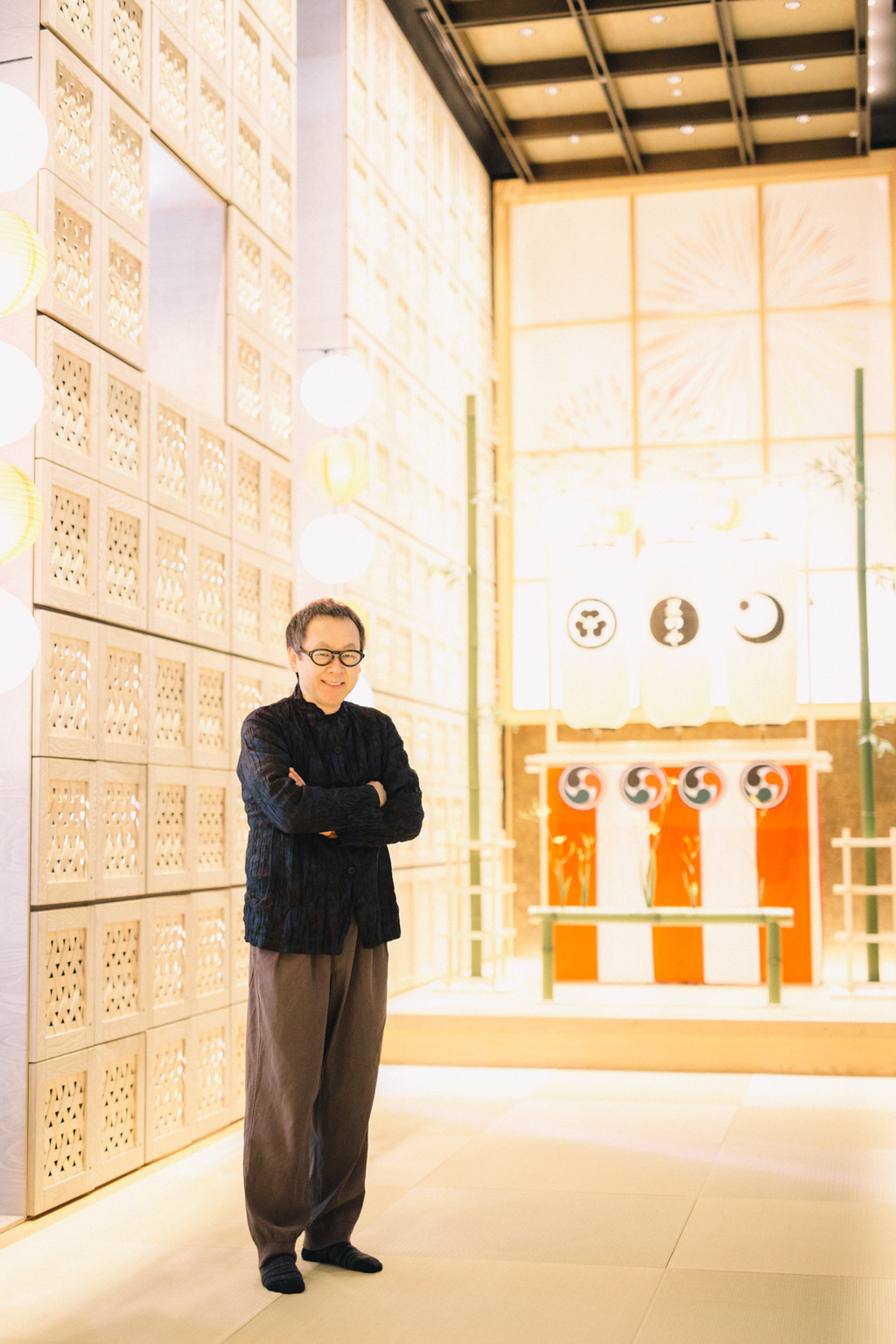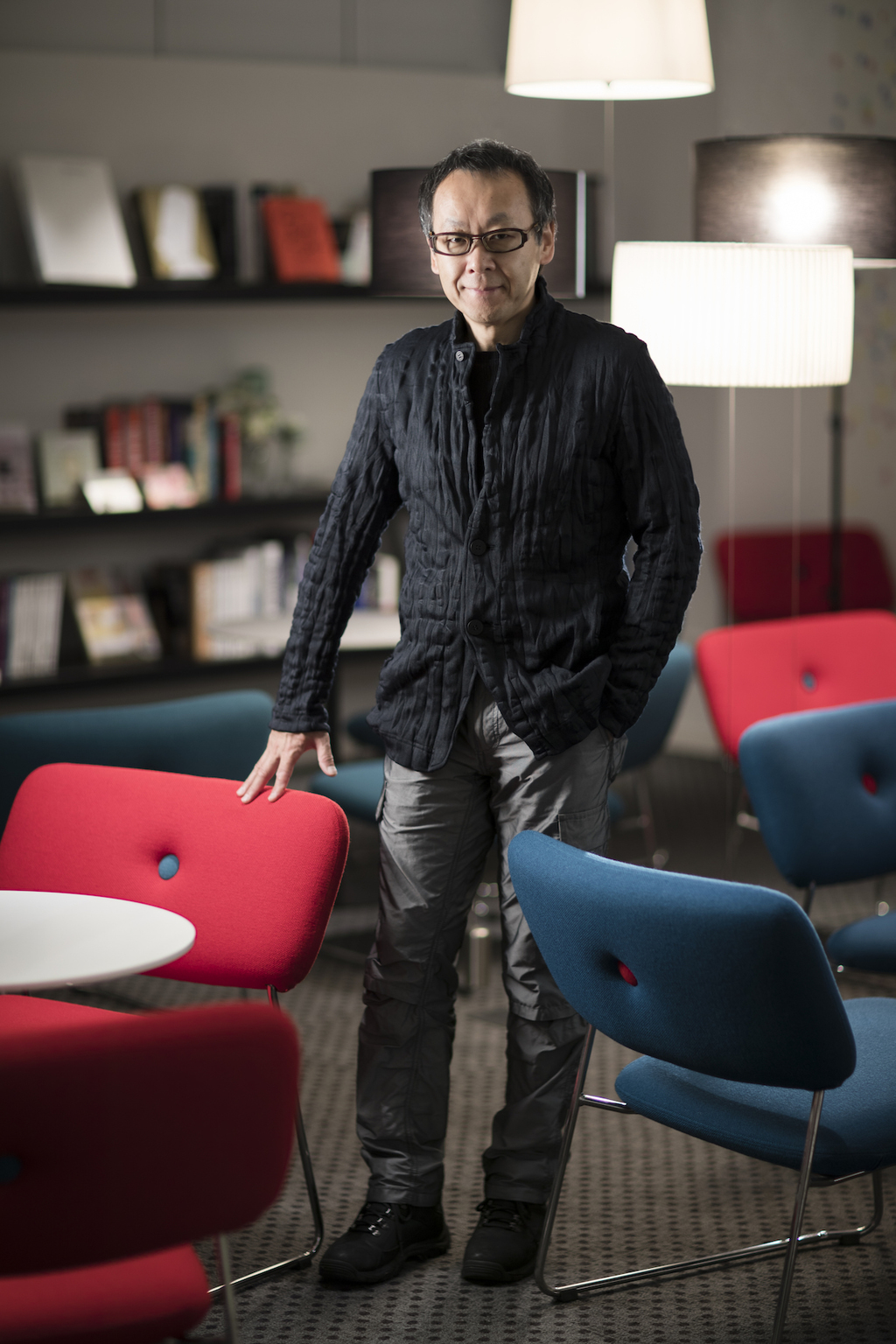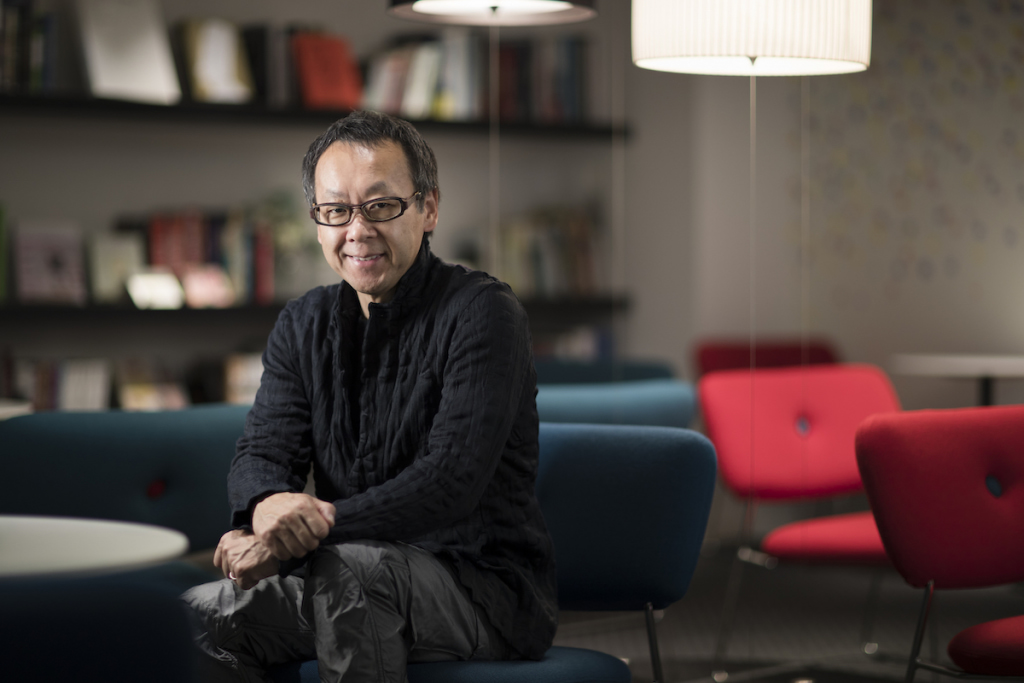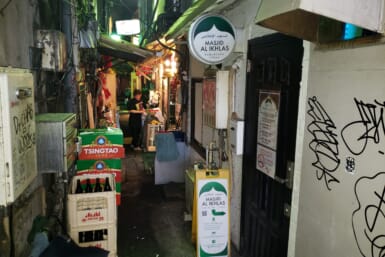Yoshiharu Hoshino says Covid-19’s impact on the hotel ecosystem was the same as that rogue asteroid from 60 million years ago. The dinosaurs went extinct. Species that evolved survived – and thrived.
Approximately 300 hotels opened throughout Japan within the last three years, including 11 new luxury hotels in Tokyo, in preparation for the Tokyo Olympics that didn’t happen and the 40 million international tourists that didn’t arrive. Where some see disaster, Hoshino sees opportunity. By embracing micro-tourism, a term he coined, and building collaborations with local businesses, among other measures, Hoshino Resorts weathered the initial impact and is now moving forward with further expansion.
As part of Tokyo Weekender’s Future of Tokyo series, we talked with Hoshino, the hospitable business innovator and fourth-generation CEO of Hoshino Onsen Ryokan, about the future of Tokyo’s hotels.

Yoshiharu Hoshino at HOSHINOYA Tokyo
When the calendar turned from 2019 to 2020, what did you expect for Hoshino Resorts in the upcoming year?
With the Olympics coming, we were expecting a major increase in the global market. Also, we were planning to open several new properties such as HOSHINOYA Okinawa and OMO3 Tokyo Kawasaki. HOSHINOYA Okinawa successfully opened this July to the domestic market, however OMO3 Tokyo Kawasaki is still postponing the grand opening.
In what ways have you seen hotel owners in Tokyo successfully manage the pandemic? In what ways have you seen hotel owners fail?
During the pandemic of Covid-19, the Japanese government’s main focus was to retain employment of Japanese citizens. The subsidy for employment adjustment provided companies an access to maintain employees to prepare for a major come-back expected in the future. Owners of hotels that were capable to apply the subsidy immediately are showing successful results at capturing the demand that is supported by the Go To Travel (GTT) campaign. They will be ready to capture revenue once the pandemic comes to an end as well.
On the other hand, for those who did not adjust to the situation using this subsidy, I assume their recovery will require much time without experienced employees when demand comes back. You could always borrow money but not employees.
Last March, Japan’s hotel occupancy rates fell to 30.5%, at which time Hoshino Resorts pivoted to focus on domestic travel – or micro-tourism. Can you explain that concept?
We can infer from past experiences of disasters that the demand for travel recovered for trips to neighboring areas, and this trend was taking precedence at our Taiwan property, HOSHINOYA Guguan. In times of concern for the spread of infection, micro-tourism is an effective means to travel safely and securely, and I think it is an important market not only in with-corona but also in post-corona.
Two major initiatives were undertaken to strengthen the micro-tourism visitors. One was to create opportunities for new discoveries because the locals know them well. For example, KAI, a hot spring ryokan brand, has devised a cooking method that uses local ingredients in all of its facilities…
“You could always borrow money but not employees.”
Another point is to change the way information is transmitted. Before the pandemic, measures for travelers from faraway places and foreign countries naturally increased. OTA (online travel agency) is one example. Few people use OTA to find a hotel close to their home, and it is a weak means of attracting customers for micro-tourism. We used this opportunity to discover booking channels to reach the local area, such as town magazines and local newspapers.
What effect will the Go To Travel campaign have on Japan’s tourism industry?
Travel and tourism markets in Japan are about 28 trillion yen, of which 85% is spent by Japanese travelers visiting domestic destinations. GTT campaign was intended to target this huge market to support the travel and tourism industry, which in fact had positive effects.
The next step required is to disperse the demand year-round. If the campaign is extended for a certain amount of time, the government should consider targeting weekdays where demand is quite low compared to weekends or holidays. It will be easier to avoid viral infections at hotels and travel destinations if demands do not concentrate on certain dates, weekends or holidays. An increase in profitability could also be expected. The government should support hotels’ profit, and not their revenue.

Yoshiharu Hoshino
Hoshino Resorts was awarded the Nihon Service Award in part by assuming a year-and-eight-months-ahead plan. What do you see happening for Japan’s tourism industry in the next year and eight months?
The year-and-a-half plan calls for a full recovery, including inbound, until vaccines and drugs are available. Specifically, assuming that it will take one to one and a half years, we are calculating all the things we need to do in order to survive during this period. It is based on what we do each month. To do so, it is important to predict what will happen and how demand will change. Once the vaccine is in place, there will be a return to first micro-tourism, then domestic travel including remote travel, and lastly overseas travel demand.
Prime Minister Suga recently said Japan still plans to reach the original target of 60 million international tourists by 2030. Is this 60 million target still attainable?
International travelers’ interest in Japan is still quite high, and the goal of 60 million should be achievable. Travel demand has been increasing in Southeast Asia, especially from the population of middle-class earnings. Once the world overcomes the pandemic, a huge volume of travel demand will choose Japan as their destination. We have no clue whether the target will be achieved by 2030 though.
In your message on the Hoshino Resorts website, you say “I boldly predict that travel and tourism will be a leading industry in maintaining world peace in the next century.” What has the travel and tourism industry’s role been this year?
People tend to stay at home and feel “Covid-19 fatigue.” We are always fighting with an invisible enemy and cannot relax. This situation is very stressful. The tourism industry can help alleviate this challenge by encouraging people to fight the virus by offering relaxation, and a place where we can rest our mind and feel extraordinary.
For other interviews with businessmen and creatives in Japan, see here.









